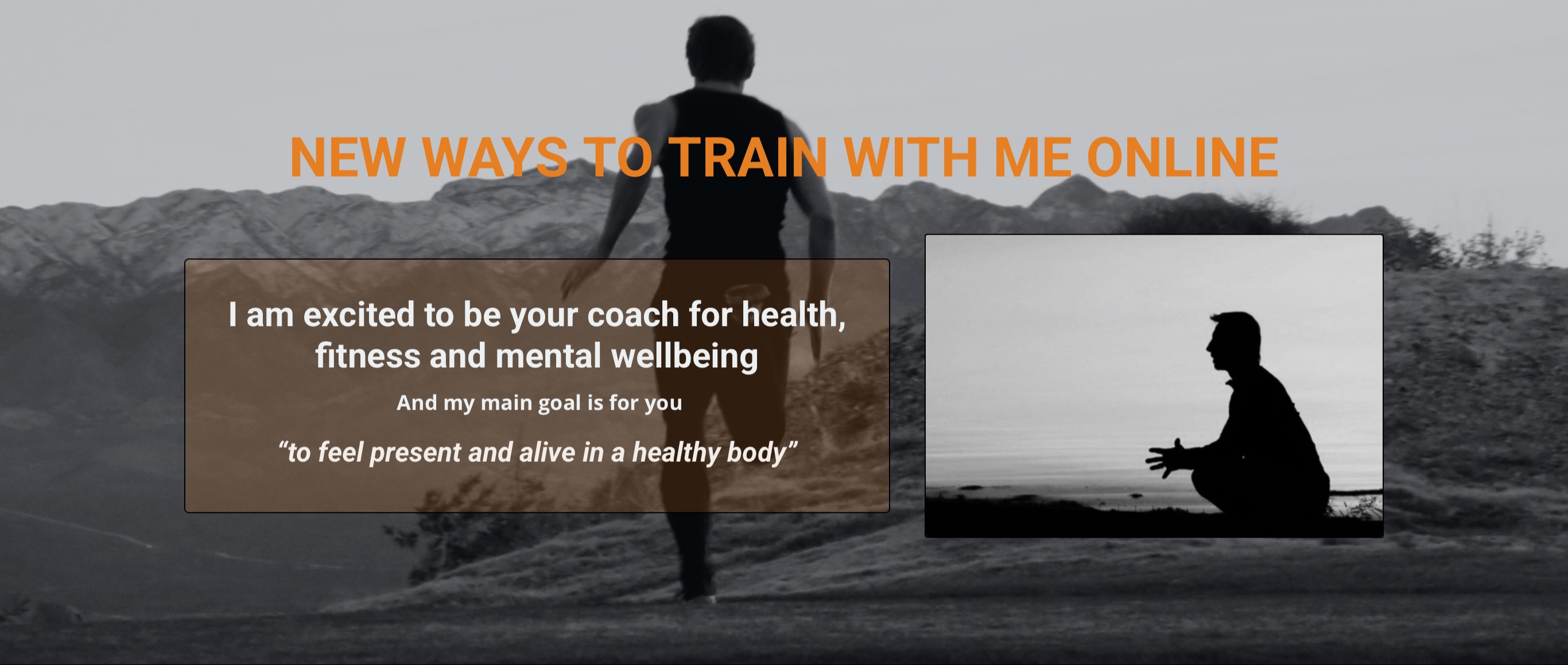The causes of poor posture and how to neutralise

On the Dojiva membership site we currently have 120 classes dedicated to the subtle side of exercise. I call it Mobility and the classes are basically a three way combo of stretching, posture and body awareness.
However, beyond Mobility sessions…
- Our Dojiva workouts often target postural muscles and we always train with good form.
- Our mindfulness practices and meditations find a neutral yet relaxed posture.
- Many of our ergonomics videos focus of how to move and sit well well in daily life.
- Also, under the HEALTH tab we have the sub category of ‘how to eat’ which discusses the impact that poor posture can have on digestion.
So, posture really does affect so many aspects of life
But what causes poor posture and when did it start?
Potentially, this is a long list. But for sure includes your beliefs, mood, job, sports, hobbies, chair choice, amount of time spent seated verses standing verses walking, dominant sides, postural holding and those ‘hard - to - die’ exercise cues.
As children, we had amazing alignment with well balanced bodies. But when we traded standing, moving, bicycling, climbing, playing etc for the easy chair/office chair, things started to go pear-shaped. If you started school at four years old, that is likely the beginning of being sedentary for more of the day.
Then of course you might have picked up the alignment of parents and older siblings or been told that you have to stand a certain way by a family member, teacher or coach.
However, there’s a positive counter and even if you’ve had a lifetime of sitting with poor posture, your body can (and wants to) change.
What about sports and hobbies ‘training in’ poor alignment?
Unfortunately, the repetitive nature (and overuse of certain body parts) from sports, hobbies and even day to day chores can land you in postural trouble and even lead to injury. This doesn’t mean you have to stop doing what you love, just to be more aware and if necessary make subtle changes.
If you become too immersed in a project or too competitive in sport, it’s easy to override warning sensations from your body and then you regret it the next day and possibly beyond. Two key things spring time mind… awareness and neutralising. Awareness, is in the present, and we covered that last week. Good body awareness (listening) helps improve efficiency and prevent tension. Then there’s neutralising, and that comes after the event.
Do you have a neutralising plan after your sport/chore/commute?
Gymnastics, dance, horse riding, martial arts, golf, racket sports etc etc… these all ave the potential to compromise natural posture. This is fine in the moment as success in many disciplines requires a certain amount of body ‘holding’ and manipulation. But we need to remember to come back to neutral soon after.
In sports and workouts, it’s called the ‘cool down’ or ‘stretching out’
But, it’s the same after a day at the office, a long drive, a days gardening and even sleeping; your body will always appreciate some light movement/stretching to release tension and to re-align. If you don’t neutralise, then poor posture and compromised tissues could be perpetuated.
How about right now? Has it been more than half an hour since you moved around, took a walk or did a few light stretches?
Taking a minute or two every half hour for ‘snack stretches’ can make a big difference, so please do a little stretch right now.
* * * *
And what about having an overly dominant arm/leg?
Chores such as cleaning and sweeping, gardening, one sided sports like golf and tennis, driving, machine use, postural asymmetries and old injuries are all factors that can lead to one side of the body being over-worked and the other neglected. Neutralising your body after sport can certainly help to reduce imbalances.
But in daily life, you might also consider swapping sides for certain chores such as sweeping or even cleaning your teeth. Also during sports warm up, try playing racket sports or even a golf swing with your non-dominant side. And for fun, why not practice kicking/throwing a ball with your less confident side? At first you’ll feel awkward and not at all accurate, but with practice, this should improve and it’s great for the brain!
Summary
There are many reasons why you might have developed poor posture and first up, you need to address those. This might mean you have to make some adjustments to how you sit, how you move and how you think (your beliefs can change)! And of course being more body aware is paramount for positive and lasting change.
Last week’s blog had a list of ten ways to remember good posture and you can review those here.
The next step is to neutralise your body on a regular basis. This can be seated or standing exercises that you do several times a day to gently mobilise and stretch your joints, connective tissues and muscles. And this week, I have three 40 minute Dojiva mobility classes that should help you take your posture to the next level.
Thanks for reading
Take care
Danny
To access all Dojiva classes, start the 10 day trial - click here




